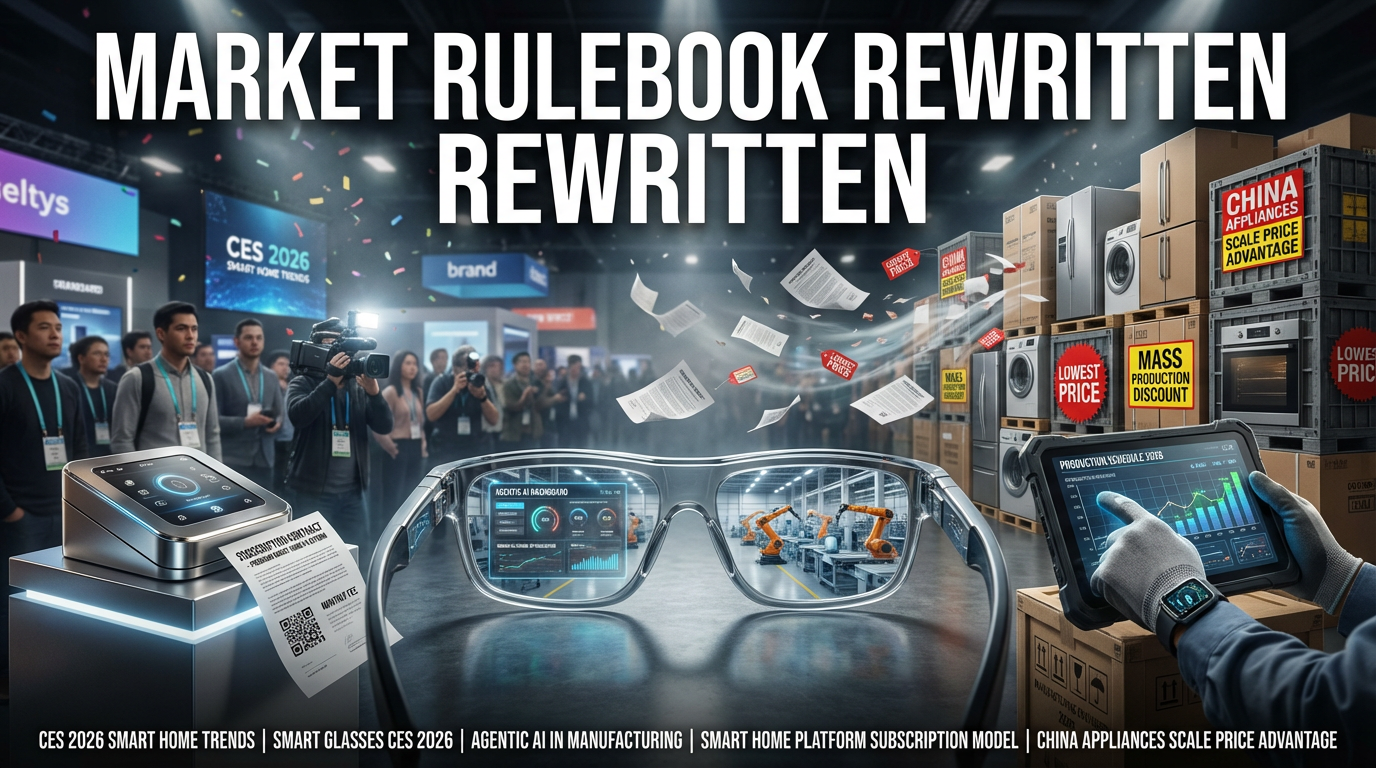● The AI Tidal Wave SEO-GEO Imperative for Global Economic Supremacy
Core Insights into Global Economic Transformation through AI Automation and SEO Strategies
1. Economic Ripple Effects of Adopting AI and Automation Tools
AI and automation technologies are increasingly impacting the economy as a whole, beyond simple repetitive tasks.The most crucial point is that not only repetitive and regular tasks but also sequential business procedures can be linked with AI and automation tools to maximize work efficiency.Workflow platforms like n8n, Zapier, and Make, once mere tools, now integrate AI functionalities, helping to strengthen competitiveness in the global market.Such technological advancements lead to increased productivity, cost reduction, and higher work accuracy, thus positively impacting the economy.
2. Practical Approaches to Building Automation Workflows
The first step is to identify repetitive or rule-based tasks.If a task is structured in stages, detailed instructions and flows must be set for each stage to allow AI to perform tasks sequentially.For example, linking tasks such as extracting YouTube video subtitles, summarizing them, and saving them to a Google Sheet into a single workflow can significantly reduce repetitive work.By introducing automation in this manner, complex tasks like report writing or data organization can also be managed more systematically.
3. Automation Strategies for Individuals and Businesses
Individual bloggers or newsletter operators can also reduce content creation time through AI automation.There is a growing number of cases where using automation tools shortens blog writing time from an original 6 hours to around 30 minutes.In businesses, decision-making support systems can be established by having AI classify and summarize vast amounts of data.Furthermore, custom automation systems can be built using API integration and MCP (Model Context Protocol), making them easily accessible even for individuals with limited development knowledge.
4. Content Strategy Evolution in the Era of SEO and GEO
As the global economy and digital marketing environment rapidly change, it is essential to establish strategies that consider not only SEO (Search Engine Optimization) but also GEO (Generative Engine Optimization).Content created by combining AI technology with existing search engine optimization techniques must provide high-quality information, unlike simple mass-produced articles, to achieve top rankings.There is an increasing number of cases where question-based content and answer-format materials are effectively reflected in AI search engines, so both businesses and individuals need to pay attention to this.In other words, a differentiated content strategy that integrates automation tools, SEO, and AI is a key to gaining a competitive edge in the global market.
5. Considerations and Future Outlook When Adopting Automation Tools
The most important aspect when adopting automation is a strategy that starts with partial automation and gradually expands.Since not all tasks can be fully automated, areas requiring human touch must be supplemented.Furthermore, even if AI tools show high accuracy in specific functions like classification or summarization, building a collaborative model between humans and AI, rather than relying excessively, ensures long-term success.This hybrid strategy maintains competitiveness amid global economic uncertainties and enables sustainable development.
[Related Articles…]Global Economic Outlook from an AI PerspectiveSEO Innovation and the Future of the Global Economy
*YouTube Source: [ 티타임즈TV ]
– Automation Tools: How to Automate More with AI (Yoo Ho-seok, CEO of Rise Moment AI)
● GPT-5 Performance Divide Fuels Investment Turmoil
GPT-5: Performance Debate and Prompt Strategy Analysis in a Rapidly Changing AI Market
1. GPT-5 Launch and Polarization of User Reactions
With the announcement of GPT-5, it has emerged as an issue directly related to the economy, growth, and investment in the global AI market.Some users highlight GPT-5’s innovative prompt router feature and high reasoning mode, evaluating it as having experienced noticeable performance improvements compared to previous models.On the other hand, others express disappointment, citing performance degradation when using GPT-5’s minimal mode compared to previous GPT-45 or GPT-4.These conflicting opinions vary depending on individual user experience and purpose, and can significantly influence investment and market expansion related to AI performance.
2. Core Analysis of Model Selection and Automatic Router Function
GPT-5 is designed as an integrated agent model, allowing users to automatically select the optimal model based on their prompts.It supports four reasoning modes: Minimal, Low, Medium, and High, providing customized results for various situations.Especially when the High mode is selected, the hallucination rate is significantly reduced compared to previous models, and the occurrence rate of major errors decreases, leading to more stable results.For economically effective cost investment, a strategy that maximizes the use of prompt engineering techniques is necessary for users.
3. Prompt Engineering and Diverse Tool Utilization Strategies
For effective utilization of GPT-5, a 5-element prompt design including Goal, Return, Format, Warning, and Context is emphasized.It is crucial to clearly specify tool calls such as web search, code interpreter, and actions within the prompt.Particularly, the differentiated feature usage experience between free users and Plus/Pro users is deeply related to providing customized solutions.Such strategies are expected to significantly impact future AI economic growth and global investment strategies, beyond just model selection.
4. Performance Benchmarks and Future Improvement Tasks
GPT-5 showed excellent results in various benchmarks, including a 26% reduction in hallucination rate and a significant decrease in the occurrence rate of responses containing major errors compared to GPT-45.While stability and accuracy have been enhanced in various real-world applications, including the healthcare sector, challenges such as the instability of the automatic switching function remain to be addressed.Ultimately, along with such technological advancements, the diversity of AI tools in the market foreshadows significant changes in investment and growth strategies, bringing ripple effects across the economy.
5. Cost Issues and the Importance of User-Specific Strategies
GPT-5’s system prompt and agent features aim for a customized AI experience for each user, but simultaneously, cost issues and capacity securing act as important variables.The choice among Free, Plus, and Pro users requires a decision that considers their respective work efficiency and economic burden.How OpenAI and its competitors develop these integrated models in the future is expected to impact the global economy and investment markets.In the market, a polarization phenomenon is likely to emerge between users who prefer existing models and those who expect higher productivity through GPT-5.
[Related Articles…]Introduction to GPT5 Optimization StrategiesComprehensive Guide to Prompt Engineering Tips
*YouTube Source: [ AI 겸임교수 이종범 ]
– Only watch this if you think GPT5 is a failure.
● Brain’s Love Gamble Dopamine’s Hidden Economic Cost
Neuroscience and Personality Compatibility: New Strategies for Relationship Investment from Economic Outlooks
01. Neuroscientific Approach and the Economic Implications of Social Relationships
Neuroscience research demonstrates that human social relationships and emotions extend beyond simple psychological phenomena and are linked to economic investment strategies.As revealed in Professor Kim Dae-soo’s lecture, changes in brain cells and dopamine secretion significantly influence the success and failure of relationships that everyone experiences.These research findings go beyond simple relationship analysis, providing crucial clues for interpreting human behavior and consumption patterns within global economic outlooks.Key SEO keywords such as economic outlook, global economy, investment strategy, market analysis, and financial planning allow for re-confirmation of the structure and content of this text.
02. Brain Cells and Social Connection – Initial Investment of Emotion (00:00 ~ 01:39)
Brain cells play a pivotal role in forming social relationships beyond mere neural activity.In particular, research showing that social isolation leads to a decrease in brain cells and physiological changes explains why people seek closer human relationships.This phenomenon suggests that when the initial passion of love is viewed as an investment asset, it implies an investment strategy that simultaneously entails high emotional returns and risks.This economic perspective can be interpreted as a factor similar to risk management when formulating investment strategies.
03. Neuroscientific Reasons and Economic Burden for Young People Avoiding Relationships (03:01 ~ 06:16)
If the psychological burden of relationships is considered a ‘cost,’ the phenomenon of the MG generation avoiding relationships is similar to behavior that evades economic burdens.Young people reconsider their approach to stable investments, namely relationships and marriage, due to the increased scrutiny and psychological costs associated with an uncertain future.This phenomenon is linked to global economic instability and intensified competition across society, ultimately affecting individuals’ lives and consumption patterns.
04. Dopamine Addiction and Personality Compatibility – Inefficient Investment and Reinforcement Learning (06:16 ~ 09:38)
The dopamine secretion in the early stages of a relationship is similar to short-term investments expecting high returns.However, a state of repeated dopamine addiction can lead to inefficient investments, such as frequent partner changes.Just as a balance between short-term high-gain investments and long-term stable investments is crucial in economics, personality compatibility also suggests that long-term attachment and stability bring greater rewards than initial passion.This pattern ultimately clarifies differences in personalities and worldviews, which can negatively impact long-term relationship stability.
05. Jealousy, Ownership, and Freedom – The Dilemma of Love’s Investment vs. Return (09:38 ~ 12:48)
Our brains strengthen possessiveness and protective instincts through jealousy, which can be likened to the issue of resource ownership and management in economics.The balance between ownership and freedom in a romantic relationship is like balancing risk diversification and stable returns in an investment portfolio.In a relationship shared by two people, acknowledging each other’s freedom while simultaneously managing feelings of possession is a key point for relationship success.Furthermore, recurring fights and conflicts are the result of reinforcement learning, which can be interpreted as an issue similar to risk management in long-term relationships.
06. Strategic Approach – Increasing Success Rates in Both Relationships and Economics
Successful relationships require scientific analysis and strategic approaches beyond mere emotional expression.The process of experiencing multiple partners and establishing one’s own criteria after a first encounter is very similar to an investor analyzing the market and rebalancing a portfolio.Therefore, the ability to objectively analyze one’s relationship patterns and flexibly adapt to changes is directly linked to financial planning.Ultimately, it is crucial to remember that love and relationships, like investments, require a long-term perspective and strategic approach.
[Related Articles…]Latest Economic Outlook AnalysisInnovative Financial Planning Strategies
*YouTube Source: [ 지식인사이드 ]
– 뇌과학으로 밝힌, 결혼으로는 최악인 성격 궁합 (김대수 교수 1부)
● OpenAI’s GPT-5 Blunder, User Revolt, Market Share Crisis, Investment Chill
Key Issues of GPT-5 Launch and OpenAI’s Strategic Shift: Analysis of Technology, User Reactions, Market Trends, and Economic Impact
1. Initial Reactions and Technical Issues After GPT-5 Launch
Immediately after the GPT-5 announcement, many users began to point out short, curt responses and a lack of personality. On social media and forums, opinions consistently emerged that “GPT-5 is too cold.” The main points of contention were that the model’s responses became shorter and the friendly characteristics of previous versions largely disappeared. In particular, there was an issue where users encountered a less intelligent version instead of the high-performance model they intended, due to an auto switcher function error. These issues raised doubts about technological reliability to an extent that could impact the global economy, market trends, and investment strategies.
2. Aftermath of Model Selection Failure and Technical Fluctuations
GPT-5, as an ‘integrated model,’ was expected to deliver quick responses and deep thought appropriate to the situation, but the failure of its model selection system became a major hindrance. The initial strategy was to increase overall market share by differentiating between free and paid users, but instead, the auto-router issue led to a user experience of sub-par performance. Concerns arose that the inability to balance technological aspects during this process could negatively affect economic growth prospects and financial outlooks.
3. Benchmark Results and Competitors’ Market Reactions
GPT-5’s evaluation has been mixed across various benchmark charts. While it was rated as a top model in some charts, in others, it showed inadequate performance even when compared to older competitor models like Gemini or Grok. Particularly in high-difficulty tests like the ARC AGI benchmark, GPT-5 fell short of expectations, prompting a re-evaluation of its technological competitiveness in terms of investment strategy and global economic outlook. On Poly Market, a trend of declining OpenAI market share and increasing preference for competitors has been observed.
4. User Experience Change: Smarter but Less Warm Responses
As the friendly, ‘yes-man’ characteristics of previous versions disappeared, ordinary users expressed dissatisfaction with GPT-5’s cold responses. Indeed, many users reacted with sentiments like, “I miss GPT-4’s warm conversational style.” This change was not merely a matter of technical performance but led to a degradation in the quality of user experience felt in everyday conversations. Consequently, the impact on average user experience and AI utilization within the market has emerged as a significant concern.
5. OpenAI’s Strategic Shift and Economic Ripple Effects
OpenAI is now transitioning from a research-focused laboratory to a product-centric business structure. As evidenced by statements from insiders like Sam Altman, the critical value going forward is seen not in the cutting-edge model itself, but in securing over 100 million daily active users. This strategic shift demands a re-evaluation beyond mere technological competition, encompassing financial outlooks, the global economy, and investment strategies. Consequently, the GPT-5 case will serve as a valuable example of how companies should balance technological capability, user experience, and market trends.
[Related Articles…]Analysis of OpenAI’s Strategic ShiftCorrelation Between Economic Growth and AI Innovation
*YouTube Source: [ TheAIGRID ]
– What Went Wrong With GPT-5…(People Hate It)


